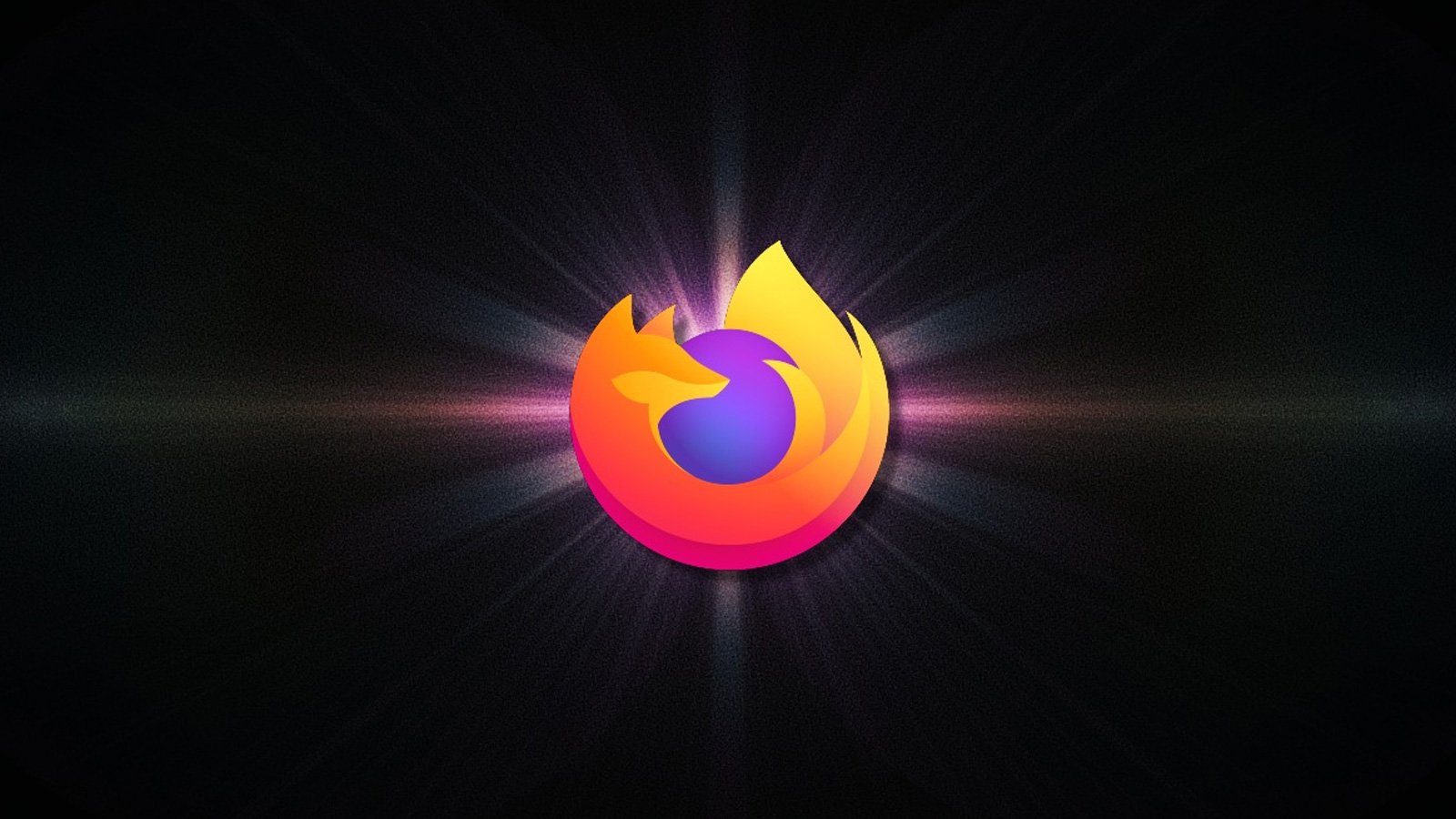Mozilla has swiftly addressed a critical issue tied to the recent release of Firefox 139.0.1. This emergency update was necessitated by significant graphical artifacts reported by users with NVIDIA GPUs after installing the Tuesday update.
Initially released on May 27, Firefox 139 introduced several new features, including Full-Page Translations. Unfortunately, this version also inadvertently triggered graphical glitches while users navigated web pages. Reports on platforms like Reddit revealed that videos experienced flickering, which detracted from the user experience across various sites, including prominent platforms like Instagram.
Upon identifying the issue, Mozilla deployed a hotfix through version 139.0.1. According to a post on Bugzilla, the root cause was linked to the re-enabling of a specific behavior in DirectComposition, which triggered these graphical anomalies.
Prior to this release, Firefox maintained a blocklist that prevented the browser from utilizing DirectComposition in mixed-refresh NVIDIA configurations. This safeguard was inadvertently removed in Firefox 139, facilitating the use of DirectComposition in a manner that exposed a bug within NVIDIA graphics drivers on Windows 10.
The problem was particularly pronounced when playing a video at 60 frames per second (FPS) on a 60 Hz monitor while interacting with content on a high-refresh-rate monitor. This interaction caused portions of the video buffer to improperly render in the other window, resulting in visible flickering artifacts during page repaints. It is worth noting that this issue did not affect 30 FPS content, as its timing aligned correctly with both refresh rates.
Configurations with single monitors or those utilizing AMD or Intel GPUs did not experience these complications.
Importantly, the underlying concern is not DirectComposition itself but rather how Mozilla’s specific implementation interacts with certain GPUs. A Firefox developer remarked, “Currently, the distinctive factor for Firefox is its use of Windows DirectComposition in a specific manner (Surfaces instead of Swapchains) for the majority of web content.”
Plans for a new code path, referred to as the Layer Compositor, are set to be tested in Firefox Nightly soon. If successful, this new approach aims to alleviate the flickering issues, aligning Firefox’s functionality closer to that of competing browsers.
Resolution of Artifacts in Firefox 139.0.1
The latest version, 139.0.1, includes essential updates that restore the blocklist, effectively mitigating the previously encountered graphical artifacts. Mozilla confirmed, “Fixed graphics corruption with certain NVIDIA graphics adapters and multiple monitors running at mixed refresh rates after updating to Firefox 139,” reinforcing their commitment to user experience.
To ensure optimal performance, users should install Firefox 139.0.1 by navigating to Settings and checking for updates.
In an era where cybersecurity threats are increasingly sophisticated, understanding the vulnerabilities that arise from software updates is paramount. This incident underscores the necessity for continuous software monitoring and prompt patch implementation to maintain user protection and system integrity.
